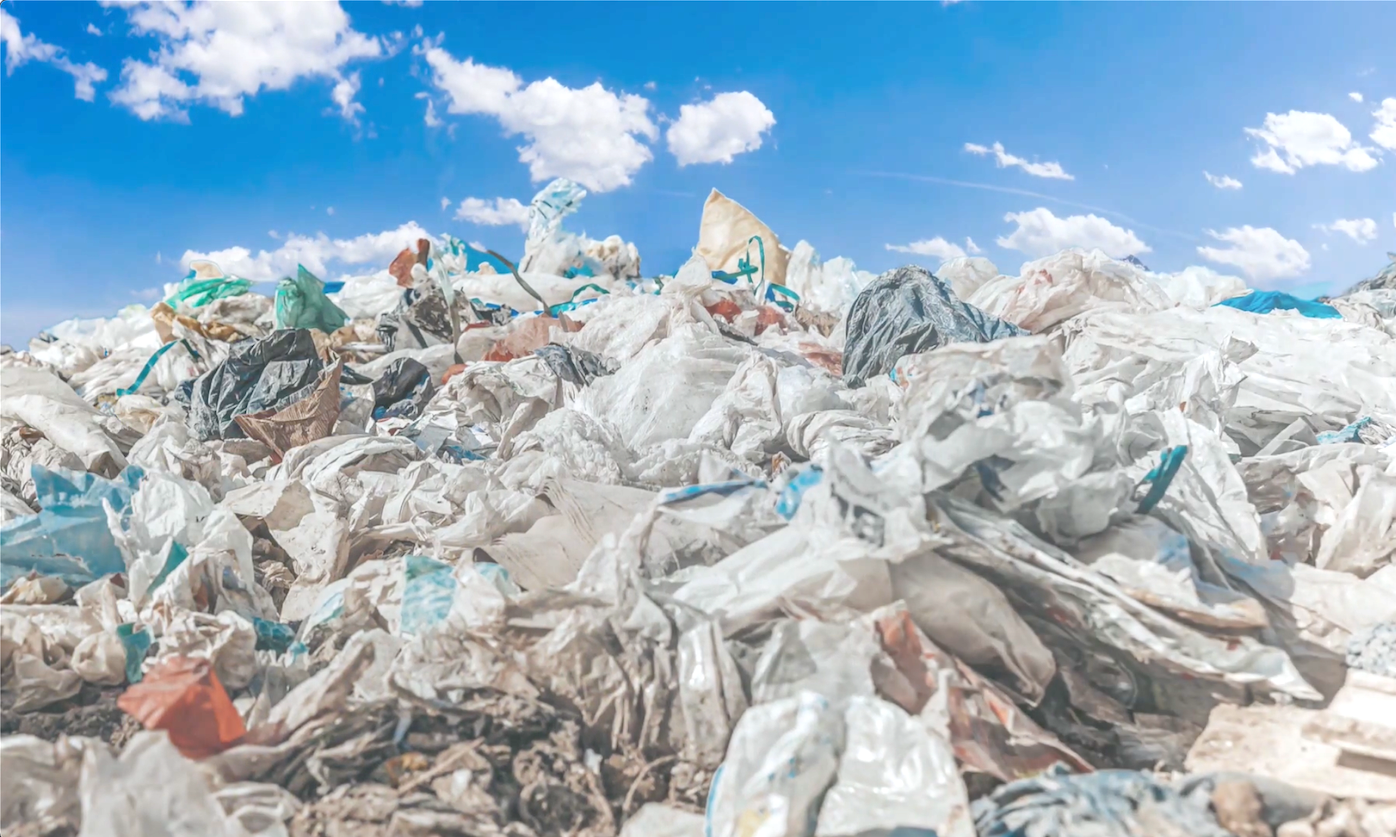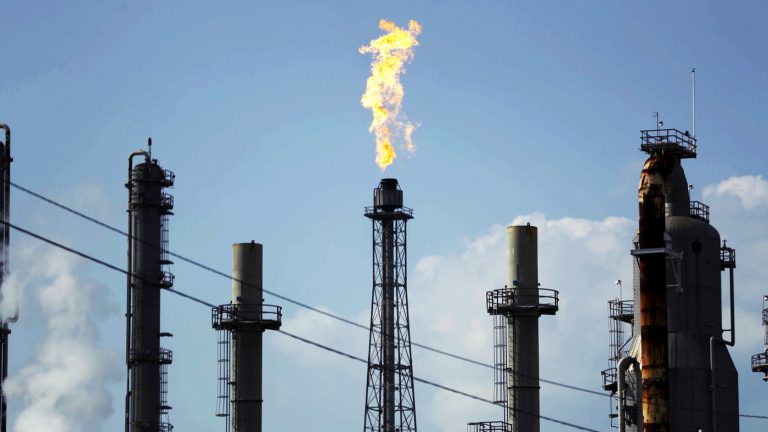Plastic-eating enzyme could eliminate billions of tons of landfill waste – UT News
AUSTIN, Texas — An enzyme variant created by engineers and scientists at the University of Texas at Austin can break down environmentally strangling plastics that typically take centuries to degrade in hours to days.
This discovery, published today in Nature, could help solve one of the world’s most pressing environmental problems: what to do with the billions of tons of plastic waste that is piling up in landfills and polluting our natural land and water. The enzyme has the potential to boost large-scale recycling, allowing large industries to reduce their environmental impact by recovering and reusing plastics at the molecular level.
“The possibilities are endless across all industries to take advantage of this advanced recycling process,” said Hal Alper, professor in the McKetta Department of Chemical Engineering at UT Austin. “Beyond the obvious waste management industry, it also offers companies in all sectors the opportunity to take the lead in recycling their products. With these more sustainable enzymatic approaches, we can begin to envision a true circular plastics economy.
The project focuses on polyethylene terephthalate (PET), an important polymer found in most consumer packaging, including cookie containers, soda bottles, fruit and salad wrappers, and some fibers and textiles. It accounts for 12% of all global waste.
The enzyme was able to complete a “circular process” of breaking the plastic down into smaller parts (depolymerization) and then chemically putting it back together (repolymerization). In some cases, these plastics can be fully broken down into monomers in as little as 24 hours.
Researchers from the Cockrell School of Engineering and the College of Natural Sciences have used a machine learning model to generate new mutations of a naturally occurring enzyme called PETase that allows bacteria to degrade PET plastics. The model predicts which mutations of these enzymes would achieve the goal of rapidly depolymerizing post-consumer plastic waste at low temperatures.
Through this process, which included studying 51 different post-consumer plastic containers, five different polyester fibers and fabrics, and water bottles all made from PET, the researchers proved the effectiveness of the enzyme, which they call FAST-PETase (functional, active, stable and tolerant PETase).
“This work really demonstrates the power of bringing together different disciplines, from synthetic biology to chemical engineering to artificial intelligence,” said Andrew Ellington, a professor at the Center for Systems and Synthetic Biology, whose team led the development. of the machine learning model.
Recycling is the most obvious way to reduce plastic waste. But globally, less than 10% of all plastic has been recycled. The most common method of disposing of plastic, besides throwing it in a landfill, is to burn it, which is expensive, energy-intensive and releases harmful gases into the air. Other alternative industrial processes include energy-intensive glycolysis, pyrolysis and/or methanolysis processes.
Biological solutions consume much less energy. Research on enzymes for plastic recycling has progressed over the past 15 years. However, until now, no one had been able to figure out how to make enzymes that could work efficiently at low temperatures to make them both portable and affordable on a large industrial scale. FAST-PETase can perform the process below 50 degrees Celsius.
Next, the team plans to work on scaling up enzyme production to prepare for industrial and environmental application. The researchers have filed a patent application for the technology and are considering several different uses. Cleaning up landfills and greening waste-intensive industries are the most obvious. But another key potential use is environmental remediation. The team is investigating several ways to bring the enzymes into the field to clean up polluted sites.
“When considering environmental cleaning applications, you need an enzyme that can perform in the room temperature environment. This requirement is where our technology has a huge advantage going forward,” Alper said.
Alper, Ellington, Nathaniel Lynd Associate Professor of Chemical Engineering, and Hongyuan Lu, a postdoctoral researcher in Alper’s lab, led the research. Ellington lab member Danny Diaz created the machine learning model. Other team members include chemical engineers: Natalie Czarnecki, Congzhi Zhu and Wantae Kim; and molecular biosciences: Daniel Acosta, Brad Alexander, Hannah O. Cole, Yan Jessie Zhang and Raghav Shroff. The work was funded by ExxonMobil’s research and engineering division under an ongoing research agreement with UT Austin.
#Plasticeating #enzyme #eliminate #billions #tons #landfill #waste #News







